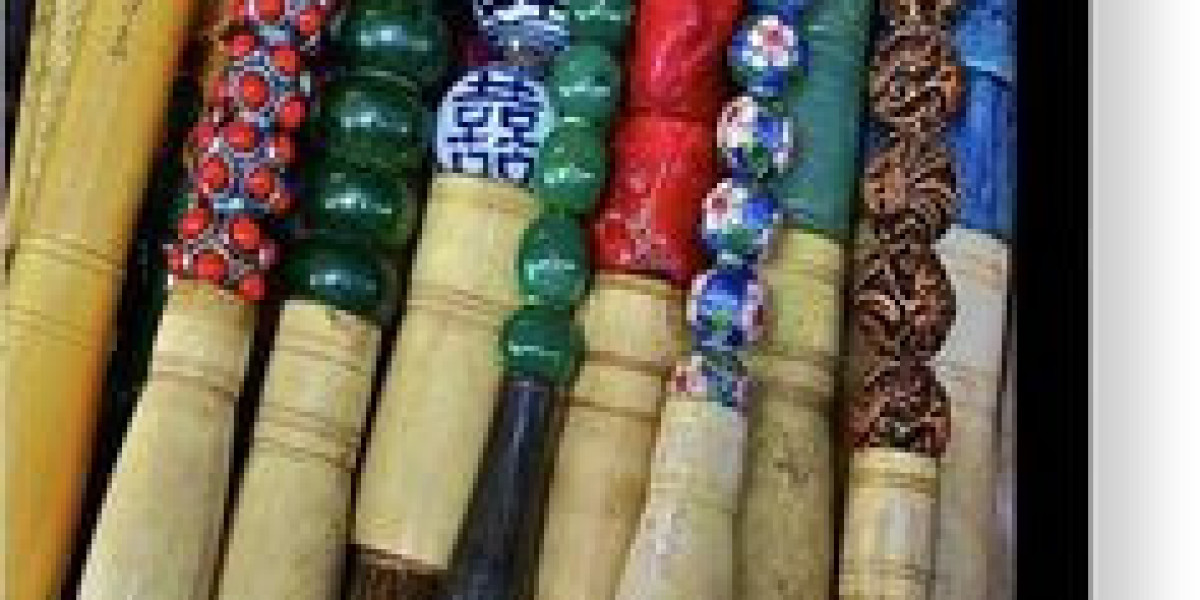Sketching is a fundamental aspect of the artistic process, serving as a bridge between imagination and execution. The choice of sketching materials can significantly influence an artist's creative expression and the development of their ideas. This article explores the various sketching materials used by artists, the implications of these choices, and how they contribute to the overall artistic journey.
The Importance of Sketching in Art
Before delving into sketching materials, it's essential to understand the role of sketching itself in the artistic process. Sketching can be described as:
Idea Development: Artists often use sketches to explore ideas, concepts, and compositions before committing to a final piece. This preliminary stage allows for experimentation and the exploration of different visual possibilities.
Practice and Skill Development: Regular sketching helps artists refine their skills. It allows them to practice techniques, study proportions, and develop a better understanding of form and perspective.
Visual Communication: Sketches serve as a means of visual communication. Artists can convey thoughts and emotions through quick, expressive marks. This ability to communicate visually is essential in both personal projects and collaborative endeavors.
Documentation: Sketchbooks often act as a visual diary, documenting an artist's thoughts, observations, and experiences over time. This aspect of sketching can hold significant personal value, as it reflects an artist's growth and evolution.
Common Sketching Materials
Artists employ a variety of sketching materials, each offering unique textures, effects, and possibilities. The choice of materials often depends on the artist's style, preferences, and the intended purpose of the sketches. Here are some common sketching materials:
Pencils:
- Graphite Pencils: The most traditional sketching tool, graphite pencils come in various hardness levels. Softer pencils (e.g., 2B, 4B) produce darker lines, while harder pencils (e.g., H, 2H) create lighter marks. Artists often use a range of pencils to achieve different effects and shading.
- Colored Pencils: These pencils add a vibrant touch to sketches. They can be layered and blended, allowing for rich color applications while maintaining the precision of pencil work.
Charcoal:
- Charcoal is a popular medium for its deep blacks and versatility. Artists can create bold, expressive lines or soft, subtle shading. Charcoal can be easily smudged and manipulated, making it ideal for capturing dynamic forms and textures.
Inks:
- Ink is often used for detailed drawings and illustrations. Artists may employ a variety of ink types, including fountain pens, brush pens, and dip pens. Ink offers a permanence that pencils and charcoal do not, allowing for intricate line work and bold contrasts.
Markers:
- Markers come in different types, including alcohol-based and water-based. They provide vibrant colors and can be used for both fine lines and broader strokes. Markers are particularly useful for graphic design and concept sketches.
Pastels:
- Soft pastels and oil pastels allow for rich color applications and blending. They can create a painterly effect in sketches, making them ideal for artists looking to experiment with color and texture.
Paper:
- The choice of paper is crucial in the sketching process. Different papers have varying textures and weights, which can affect how materials interact with the surface. Sketchbooks, loose sheets, or specialized papers for ink or charcoal can significantly influence the outcome of a sketch.
Digital Tools:
- In today's digital age, many artists use tablets and styluses to create sketches. Digital sketching software offers endless possibilities for experimentation with color, layers, and effects, allowing artists to work in a fluid and flexible environment.
The Interaction of Sketching Materials with the Creative Process
The choice of sketching materials can profoundly impact an artist's creative process. Here are several ways in which different materials influence artistic expression:
Texture and Line Quality:
- Different sketching materials yield varying textures and line qualities. For instance, the smoothness of a graphite pencil allows for precise control, while the roughness of charcoal can create a more expressive and dynamic feel. Artists often choose materials based on the desired texture and emotional impact of their sketches.
Color and Mood:
- The color palette available through different materials can shape the mood and tone of a sketch. For example, vibrant colored pencils or markers can evoke a sense of energy and playfulness, while muted charcoal or graphite can convey a more serious or contemplative atmosphere.
Spontaneity vs. Precision:
- Some materials lend themselves to spontaneous, free-flowing sketches, while others require a more deliberate approach. For instance, working with charcoal may encourage quick, gestural marks, whereas ink might prompt the artist to be more precise and intentional with each stroke.
Layering and Blending:
- Materials such as colored pencils and pastels allow for layering and blending techniques, enabling artists to create depth and richness in their sketches. This capability encourages exploration and experimentation with color combinations and gradients.
Medium-Specific Techniques:
- Each sketching material has its own set of techniques that artists learn to master. For example, charcoal can be smudged to create soft shadows, while ink can be used for hatching and cross-hatching to build up shading. Familiarity with these techniques can enhance an artist's ability to convey their ideas effectively.
The Role of Sketching Materials in Artistic Development
The materials chosen by artists play a significant role in their development and growth. Here are some aspects to consider:
Experimentation:
- The variety of sketching materials encourages artists to experiment and find their unique voice. Trying different tools can lead to unexpected discoveries and innovations in style. Artists often evolve their practices through exploration, allowing their sketching materials to guide them.
Adaptation:
- Many artists adapt their materials to suit specific projects or themes. For instance, an artist working on a series of urban sketches may choose ink and markers for their ability to capture the vibrancy of city life, while another artist exploring natural landscapes might prefer pastels for their ability to evoke the softness of nature.
Personal Connection:
- Artists often develop a personal connection with specific sketching materials. The tactile experience of using a particular pencil or brush can become part of their creative ritual. This connection influences their artistic process and can lead to more authentic and heartfelt expressions in their work.
Documentation of Growth:
- Sketchbooks filled with various materials serve as a record of an artist's growth and experimentation over time. Artists can look back at their earlier sketches to see how their techniques and styles have evolved, providing valuable insights into their artistic journey.
The Cultural and Historical Context of Sketching Materials
The evolution of sketching materials is also influenced by cultural and historical contexts:
Traditional vs. Contemporary Practices:
- Throughout history, traditional sketching materials such as ink and brush have been essential in different cultures. In contrast, contemporary artists may embrace new technologies and materials, reflecting the changing landscape of artistic expression.
Cultural Influences:
- Different regions and cultures have distinct artistic traditions that shape the materials used in sketching. For example, Japanese sumi ink and brushes have a rich history that influences the aesthetics of calligraphy and ink painting, while Western artists may focus on oil-based materials.
Globalization of Art:
- The globalization of art has led to the exchange of ideas and materials across cultures. Artists today have access to a wide range of sketching materials from around the world, allowing them to incorporate diverse influences into their work.
Conclusion
Sketching materials play a vital role in the creative process of artists, influencing their expression, technique, and development. From traditional pencils and charcoal to modern digital tools, the materials chosen can significantly impact the outcome of a sketch and the overall artistic journey.
As artists navigate their creative paths, the exploration of different sketching materials fosters experimentation, adaptation, and growth. The personal connections formed with these materials enrich the artistic experience, allowing for deeper emotional resonance in their work.
In the broader context, sketching materials reflect cultural and historical influences, shaping the way artists engage with their craft. The ongoing evolution of materials continues to inspire new generations of artists, ensuring that sketching remains a dynamic and essential aspect of the artistic process. Through sketching, artists not only develop their skills but also contribute to the rich tapestry of human expression, capturing the world around them in a multitude of ways.



